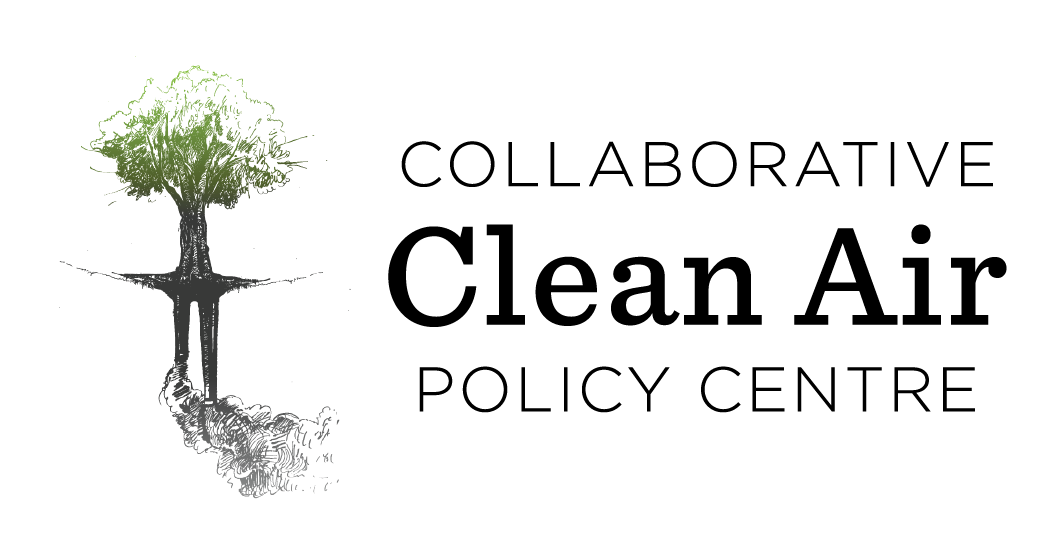Ujjwala, V2.0 What should be done next?
Policy Brief: Ujjwala, V2.0 - What should be done next? Alok Tripathi and Ambuj Sagar. Edited by Santosh Harish and Kirk R. Smith. Reviewed by E Somanathan. Download PDF.
Executive Summary. Stopping the use of wood and other solid fuels for cooking and other household uses is the single most important step we need to take to mitigate air pollution and its staggeringly high health impacts in India. In addition to its ill effects on the households themselves, it accounts for 25-30% of exposure to outdoor particulate matter pollution in the country. The health costs are enormous: about 480,000 premature deaths annually due to direct exposure of the households, and another 270,000 due to “indirect” exposure outdoors. The bulk of this could be attributed to cooking with fuels like firewood, dung, and agriculture residue. Any government effort that effectively reduces the use of solid fuels in cookstoves should hence be recognized as an important pollution control and public health initiative.
Launched in May 2016, the Pradhan Mantri Ujjwala Yojna (Ujjwala henceforth) is the world’s largest programme to provide access to clean cooking energy to poor people. Under this scheme, a financial assistance of Rs.1600 was provided to each eligible household under Socio Economic and Caste Census (SECC) list to underwrite an LPG connection with one of the Oil Marketing Companies. A budgetary provision of Rs.8000 crores was initially made to cover five crore households under the scheme. Having already achieved this initial target, the government revised the target to eight crore to be achieved by 2020.
Although the Government of India has been successful with its ambitious effort to provide LPG connections to the poor, the beneficiaries’ inability to afford sustained use of LPG cylinders remains a concern.
There are three main barriers to access of LPG by poor households:accessibility facilitated by LPG distributorship networks, affordability in terms of high upfront cost and high refill cost, and awareness about the impact of use of LPG. Ujjwala primarily tackles access, and partly affordability as it takes care of upfront expenditure making a new connection affordable and convenient. However, access is only the first step towards regular usage of LPG — it is a necessary, but not a sufficient, condition to bolster usage. To ensure sustained use of LPG by poor households requires additional interventions, an “Ujjwala 2.0”.
The affordability issue is particularly salient for poor communities since they have access to free fuel (wood, dung, crop residues) and will switch back to such fuel if LPG prices are too high for them. But addressing this issue requires the government to walk the fine line between providing LPG at a cost that the poor can afford and its budgetary constraints. The latter is especially of concern since more than 50% of the country’s LPG requirement is met through imports. Any solution has to make LPG affordable to poor without increasing the financial burden on the government.
The provision of universal subsidy to all LPG consumers reduces the subsidy rate, since the overall amount available for subsidy is shared across a large number of beneficiaries. The reduced subsidy rates are also regressive: LPG remains unaffordable for the poor, while the benefits accrue to the relatively wealthy.
We propose that Ujjwala 2.0 should have a two-tier, differential pricing for households: LPG at subsidized price for identified poor households, and at the unsubsidized price for other consumers. In order to achieve our objective, the subsidy rate for the identified poor households should be based on their willingness and ability to pay. Our analysis of the National Sample Survey data suggests that households should be willing to use LPG as the primary cooking fuel, if the fuel costs are within 4% of their total monthly expenditure. Subsidies could be calculated to ensure the prices the households face meet this condition.The quantity of subsidized LPG could be restricted to 126 kg, or 9 cylinders, per annum. The delivery of the subsidy would continue to be through conditional cash transfers (the existing PAHAL scheme), minimizing risks of diversion of subsidies to non-intended beneficiaries.
LPG subsidy should not be seen as financial burden, as provision of LPG results in improved health outcomes for poor households, especially women and children. Access to LPG also results in improved economic productivity of the household, due to reduced time spent in cooking. The government expenditure on the health system also reduces with the reduction in diseases attributed to household air pollution. Thus subsidy provision for the poor to ensure regular use of LPG for cooking should be seen as a social investment by the government.
There still remains the third barrier discussed above, namely, awareness. The government had in the past launched the“Give It Up”campaign,requesting well-off people to give up their LPG subsidy voluntarily and to create awareness among them about the benefits to the poor households switching to clean fuels. The scheme was a huge success, as more than one crore consumers gave up their LPG subsidy entitlement. Under Ujjwala 2.0, the government must include intensive education campaigns sensitizing the general public about the need for targeting the subsidy to the poor only, myths about the taste of food cooked using LPG, and safe handling and conservation.
Such an approach for Ujjwala 2.0 has the potential to take the outstanding success of the Ujjwala programme to the next level, and help the poor gain from the benefits of the clean cooking energy transition.
